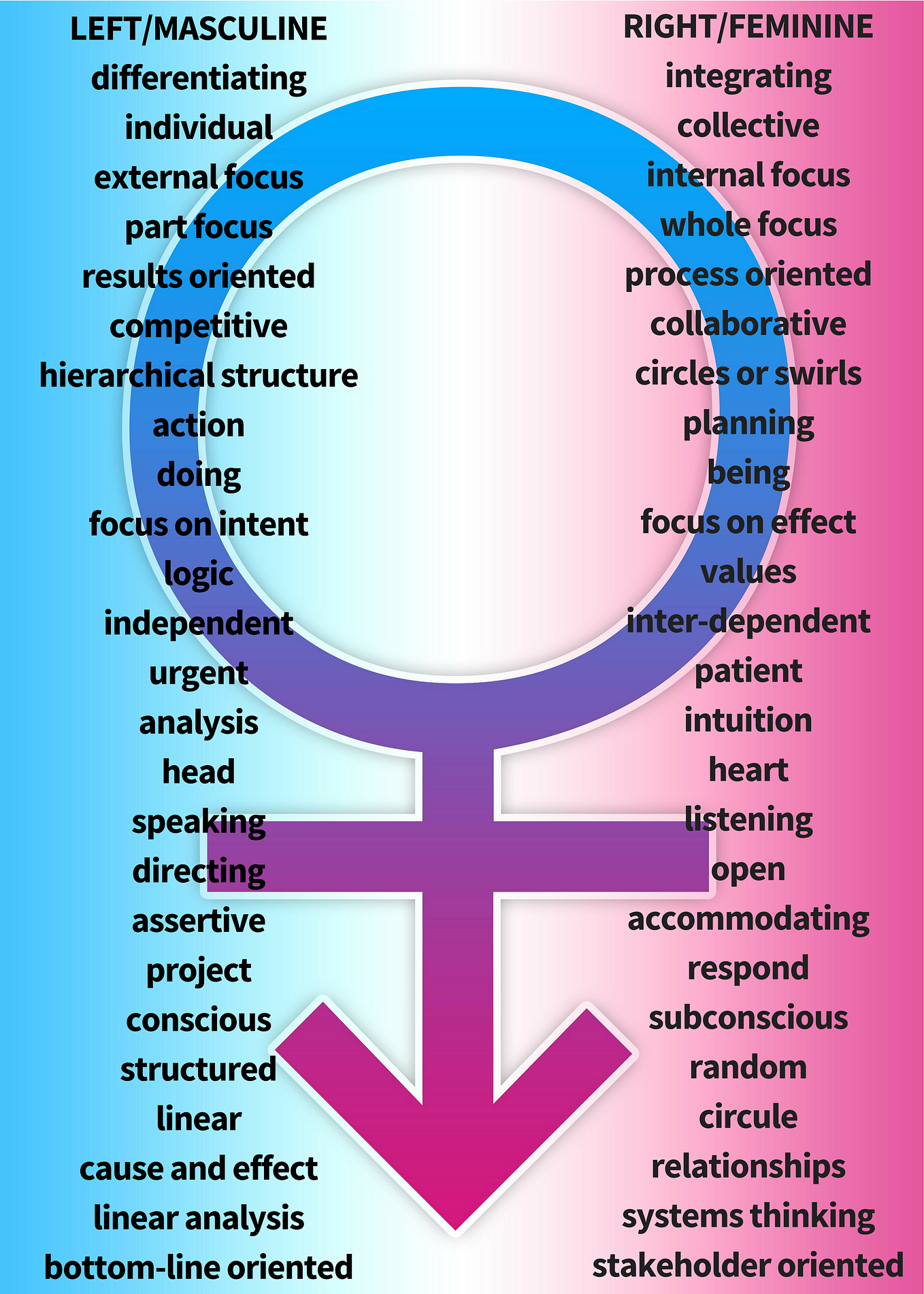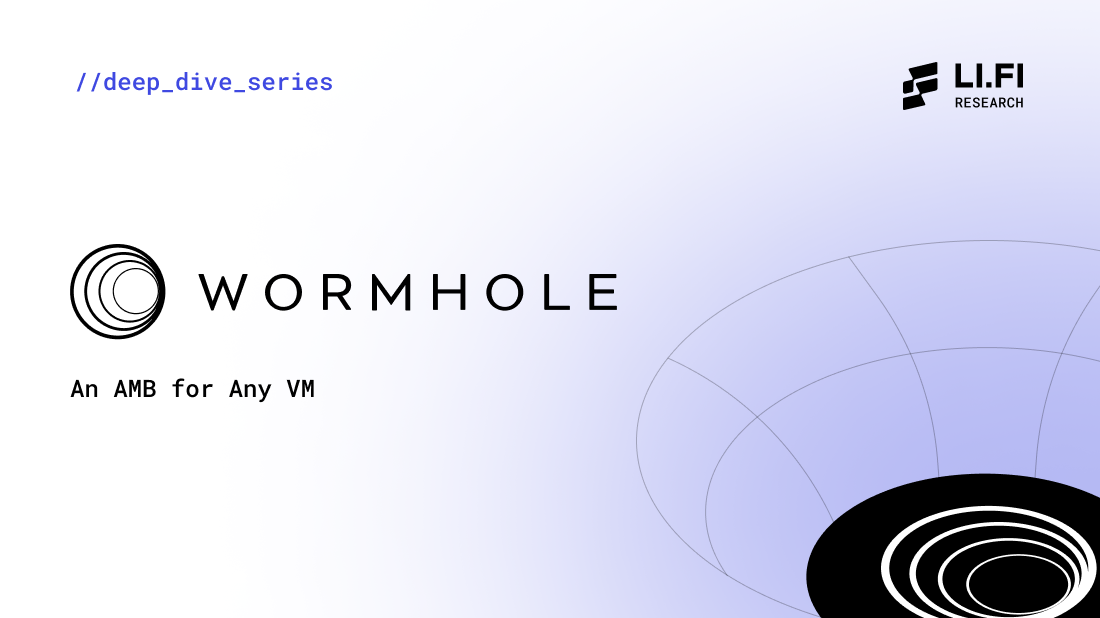Exponential Technology Defined
A simple definition of a complex term
Exponential
Adverb
Simple definition: very fast, increasingly rapid.
Examples:
- The business has experienced several years of exponential growth.
- Prices have increased at an exponential rate.
Exponential Technology
Noun
Technologies that double in power or processing speed every year, while their cost halves.
Here is a chart, from Ray Kurzweil’s book The Singularity Is Near: When Humans Transcend Biology, showing how technology has been accelerating exponentially for the past century:
Steven Kotler’s Six D’s of Exponential Technology
Steven Kotler, Flow Genome Project founder and co-author of the book Bold: How to Go Big, Create Wealth and Impact the World, says that the growth cycles of exponentially advancing technologies are broken up into Six D’s:
- Digitalization: An information/data based technology, represented in ones and zeros. The most often quoted example of exponential growth in information technology is Moore’s Law, which says that overall processing power for computers doubles every two years.
- Deception: After initial introduction, some technologies are dismissed by people as irrelevant. During this deception phase, the technologies advance quickly, often below the radar. Drones is one such recent example.
- Disruption: Once refined, these technologies disrupt established industries. Uber’s disruption of the taxi industry is often quoted as an example.
- Demonitization: When a technology removes the need for consumers to buy something. An often quoted example is how digital photography removed the need to buy film.
- Dematerialization: When physical tools are replaced by digital apps. Examples are a GPS locator, an encyclopaedia, a radio and record player, a camera and video recorder all consolidated into a smartphone.
- Democratization: As costs decrease, access becomes available to everyone. Examples are:
- The cost of 3D printing has dropped by a factor of 400 in the past seven years;
- Industrial robots cost 1/23 of what they did just five years ago;
- Drones are 143-times cheaper than they were in 2010;
- Sequencing the human genome is 10,000-times less expensive than it was in 2009.
Watch Steven Kotler explain these principles:
Examples of Exponential Technology
- Explosion in Connectivity: over six billion Internet users by 2020; a trillion connected devices in the Internet of Things, such as sensors, wearables, and trackers;
- Cognitive and Quantum Computing, including Artificial Intelligence and Deep Learning;
- Voice Recognition to provide automated, real-time translation (SayHi, Google Translate, Skype Translate);
- Robotics and self-driving or semi-autonomous cars (Google, Tesla, Volvo);
- Additive Manufacturing (3D Printing), combined with huge advances in Materials Science;
- Digitisation of bird’s-eye view with Unmanned Aerial Vehicles — UAV’s (Google digitised street-level and satellite-level for Google maps, leaving the mid-level for UAV enthusiasts);
- Virtual Reality which artificially creates sensory experiences including sight, sound and touch. Smell and taste is on the horizon;
- Synthetic Biology — the engineering of biology: the synthesis of complex, biologically based (or inspired) systems, which display functions that do not exist in nature.
Exponential Technology Spurs Exponential Innovation
Exponential improvement in the cost-performance of core digital technologies is fueling unprecedented, exponential innovation. Exponential innovations built on the core digital building blocks — computing power, storage, and bandwidth — are rapidly moving across boundaries, causing traditional definitions to blur and blend.
Watch John Hagel III Co-Chairman of Deloitte’s Center for the Edge explain:
Exponential Organization
The term “exponential organization” was first introduced and defined in 2014 by Salim Ismail, Michael S. Malone and Yuri van Geest in their book Exponential Organizations: Why New Organizations Are Ten Times Better, Faster, Cheaper Than Yours (and What to Do About It). Whereas linear organizations are necessarily constrained by limited resources, exponential organizations are governed by an assumption of abundance.
Peter Diamandis on Exponential Technology — 2014
Ray Kurzweil on Exponential Technology — 2007
Exponential Technology Quotes
“Our intuition about the future is linear. But the reality of information technology is exponential, and that makes a profound difference. If I take 30 steps linearly, I get to 30. If I take 30 steps exponentially, I get to a billion.” Ray Kurzweil
“Technology has advanced more in the last thirty years than in the previous two thousand. The exponential increase in advancement will only continue.” Niels Bohr
“Technology advances at exponential rates, and human institutions and societies do not. They adapt at much slower rates. Those gaps get wider and wider.” Mitch Kapor
“People need to understand how exponential technologies are impacting the business landscape. They need to do some future-casting and look at how industries are evolving and being transformed.” Peter Diamandis
“I basically look at how exponential emerging technological changes runs counter-intuitive to the way our linear brains make projections about change, and so we don’t realize how fast the future is coming.” Jason Silva
Project 2030
You made it to the end! If you’re interested in helping us solve some of the planet’s grand challenges with our ambitious Project 2030, please check out the overview, and invite others to do the same.
Postcards from 2035
Have you come across Postcards from 2035? It’s a series of profoundly simple interlinking ideas describing life in a highly desirable society, where everything and everyone is advanced, happy, intelligent and problem-free. It’s a blueprint of the world we need to co-create. Here’s what that world could look like.








